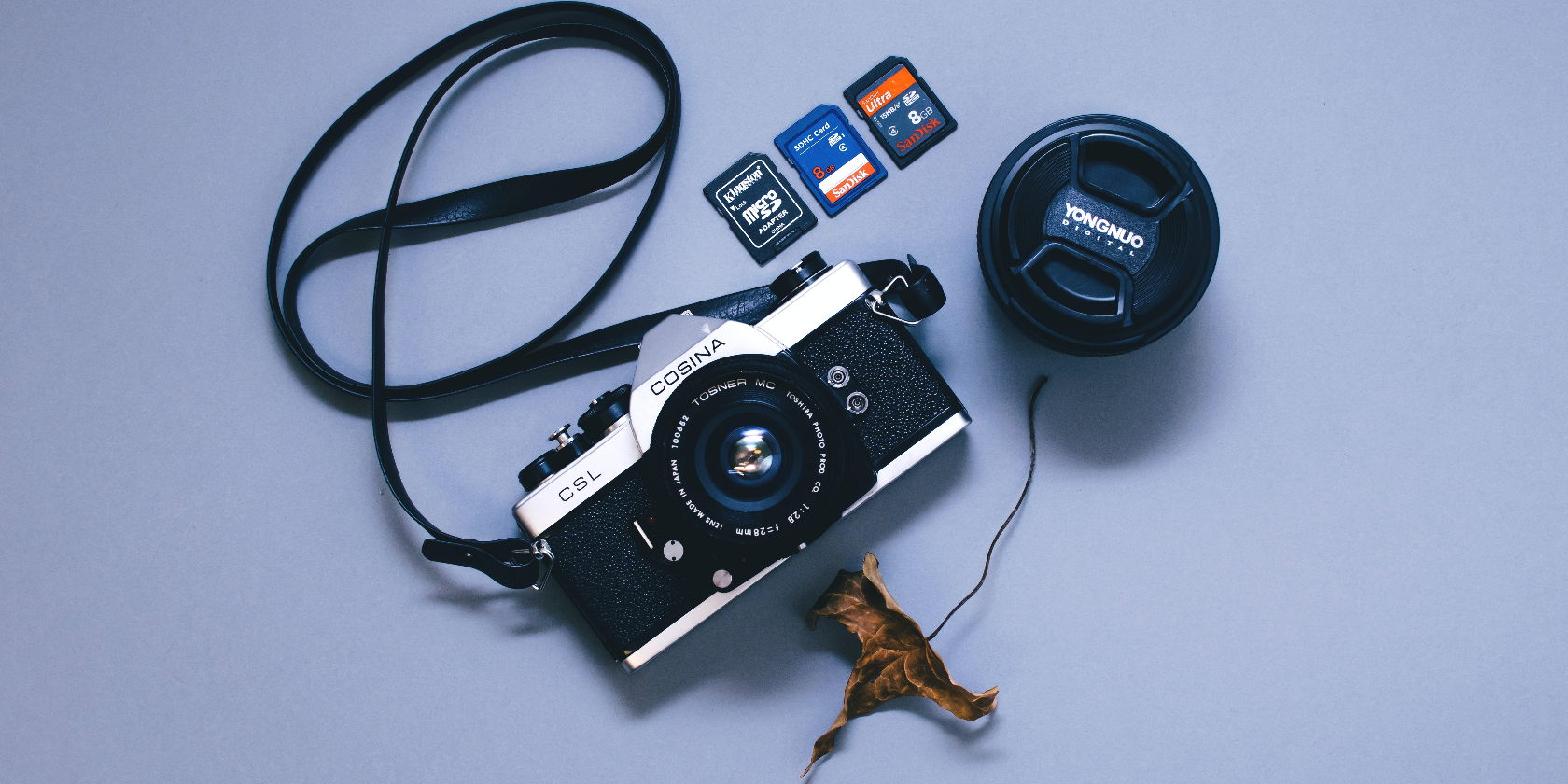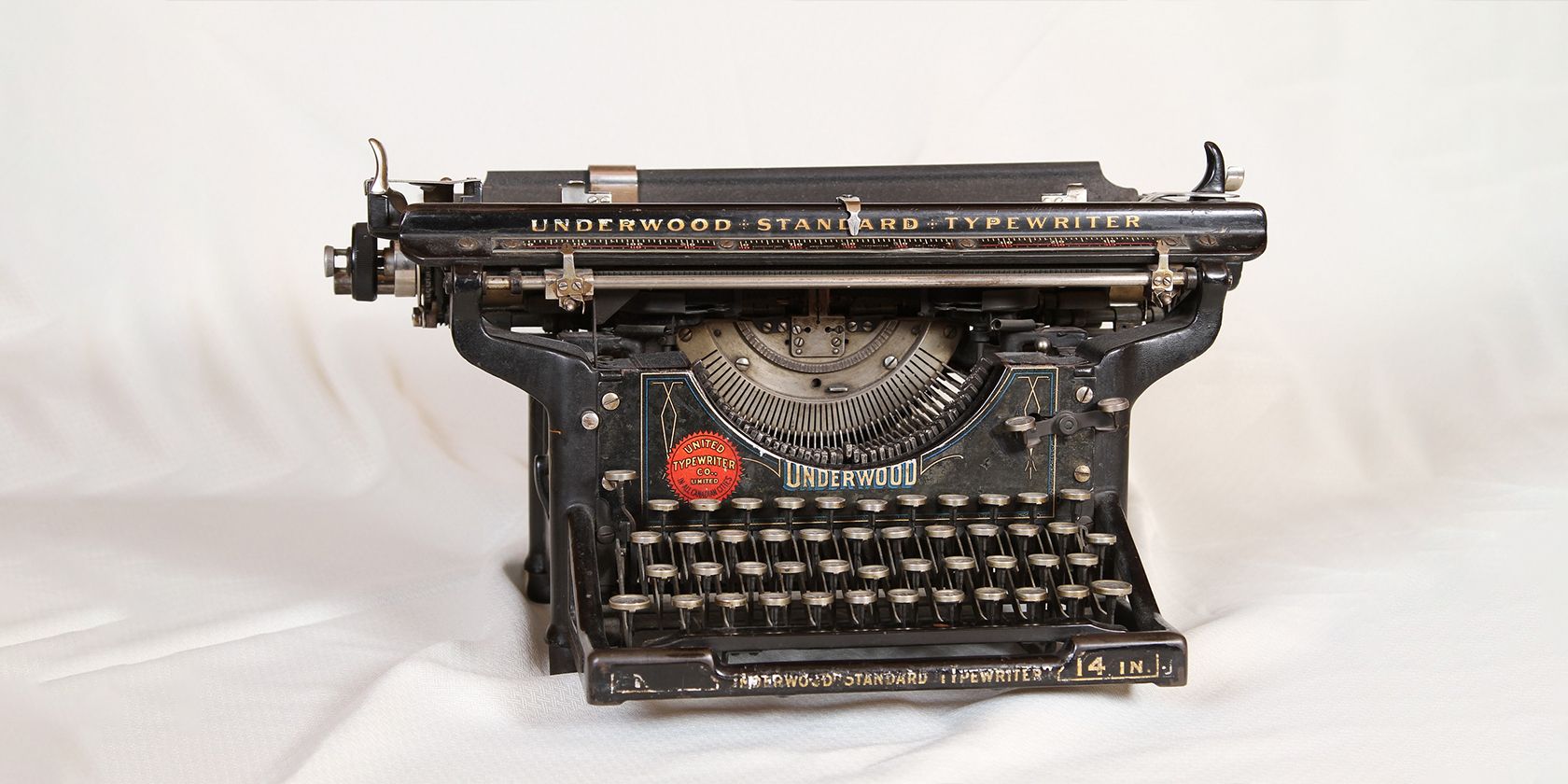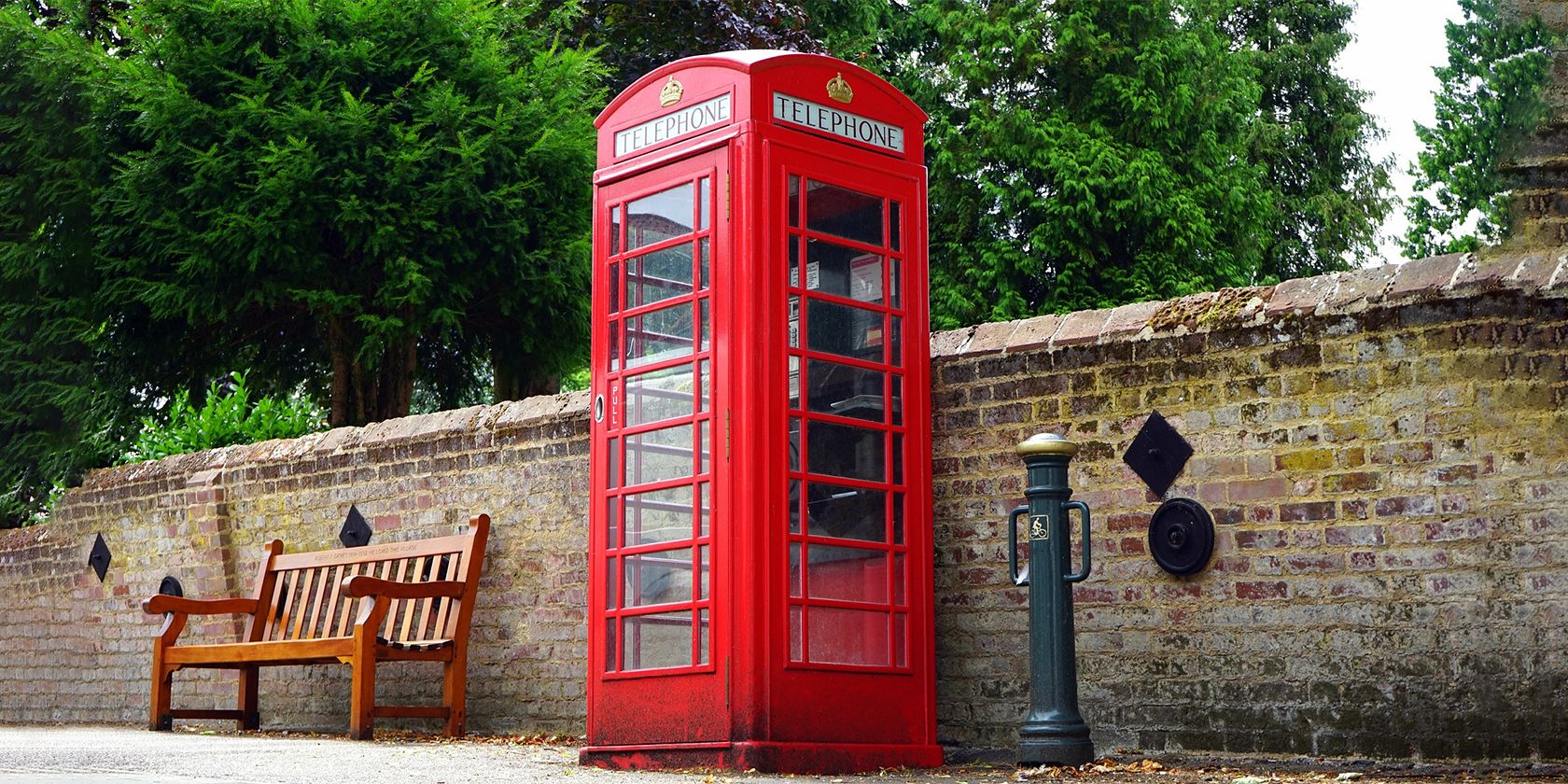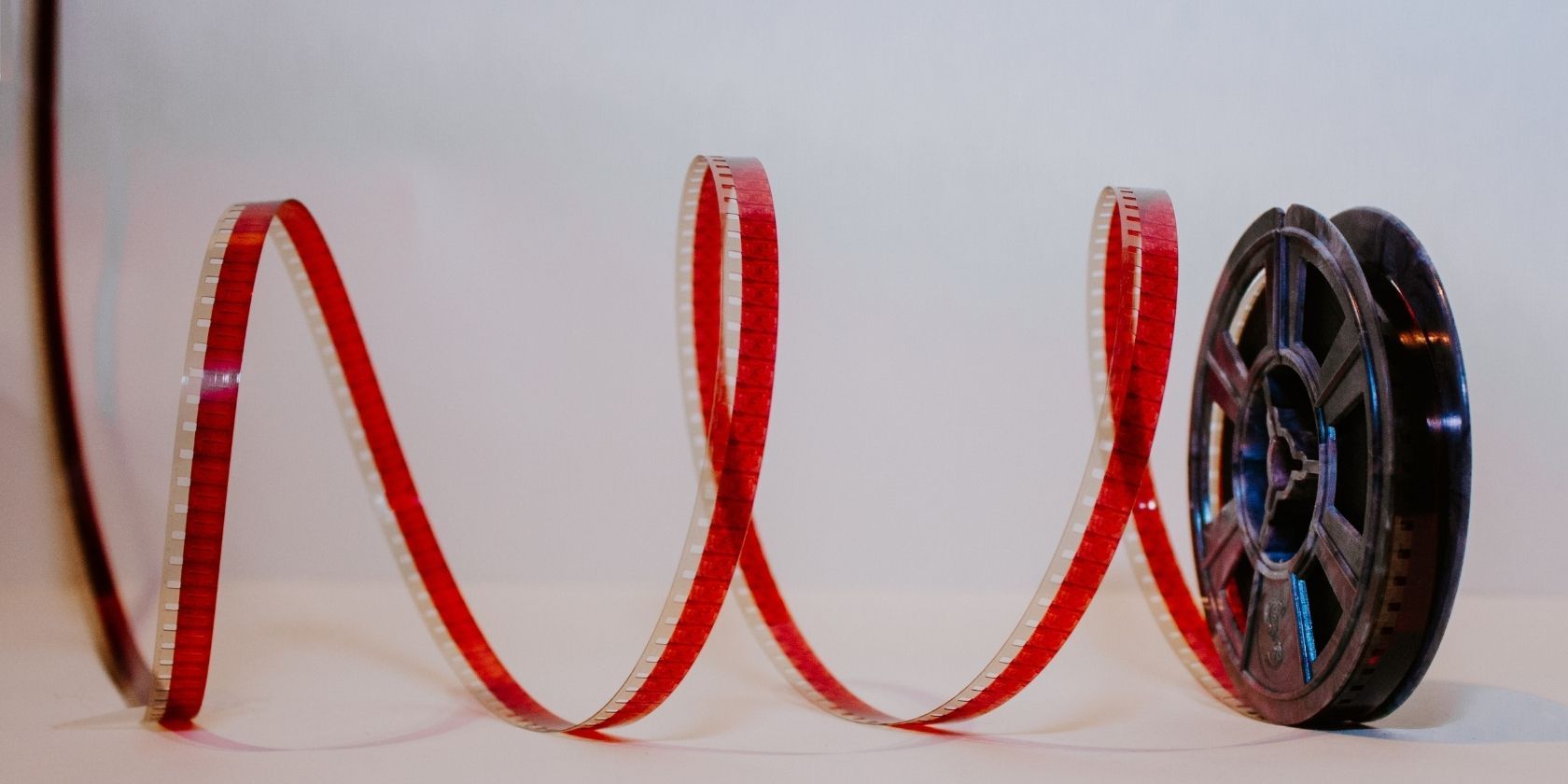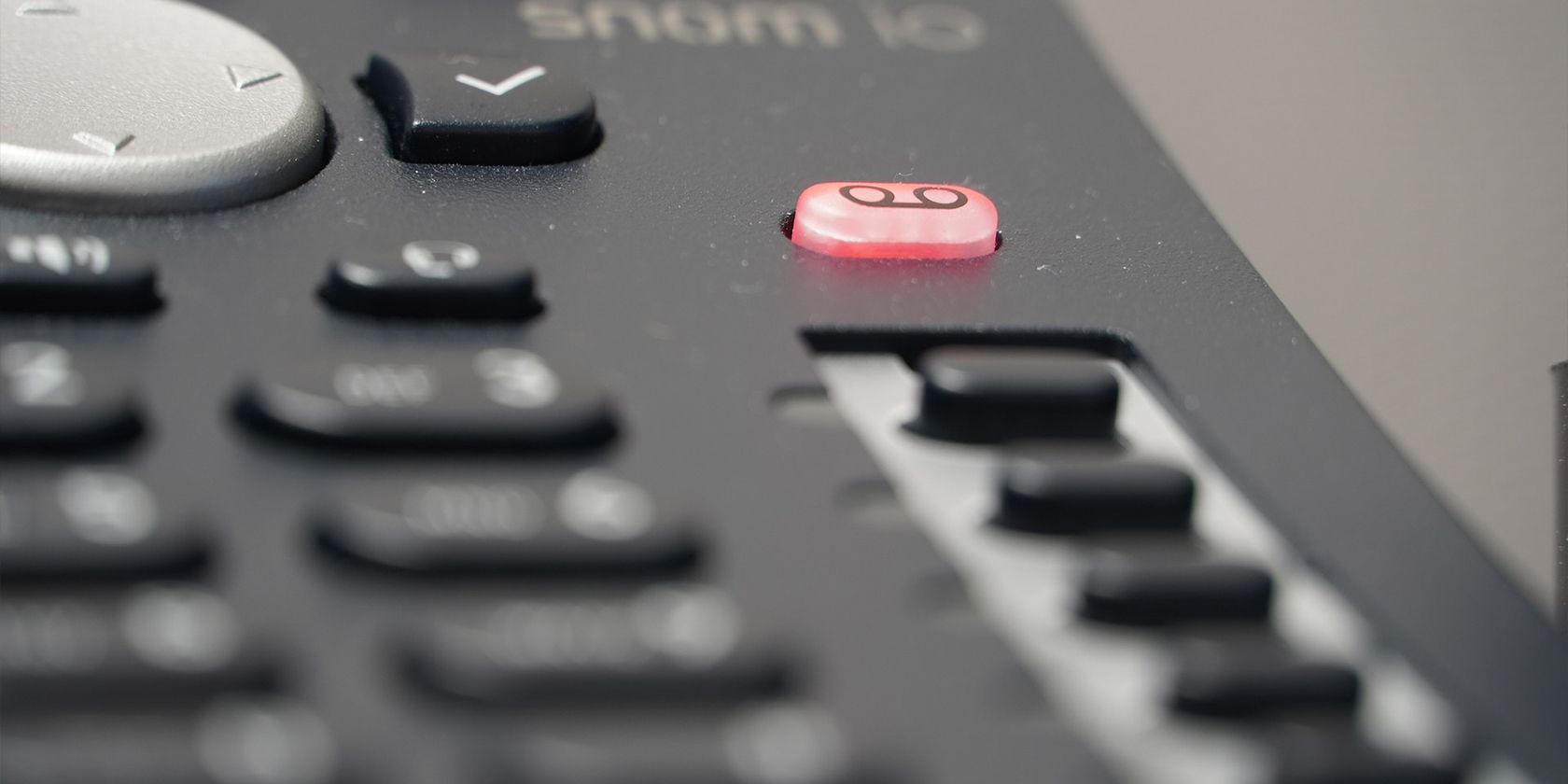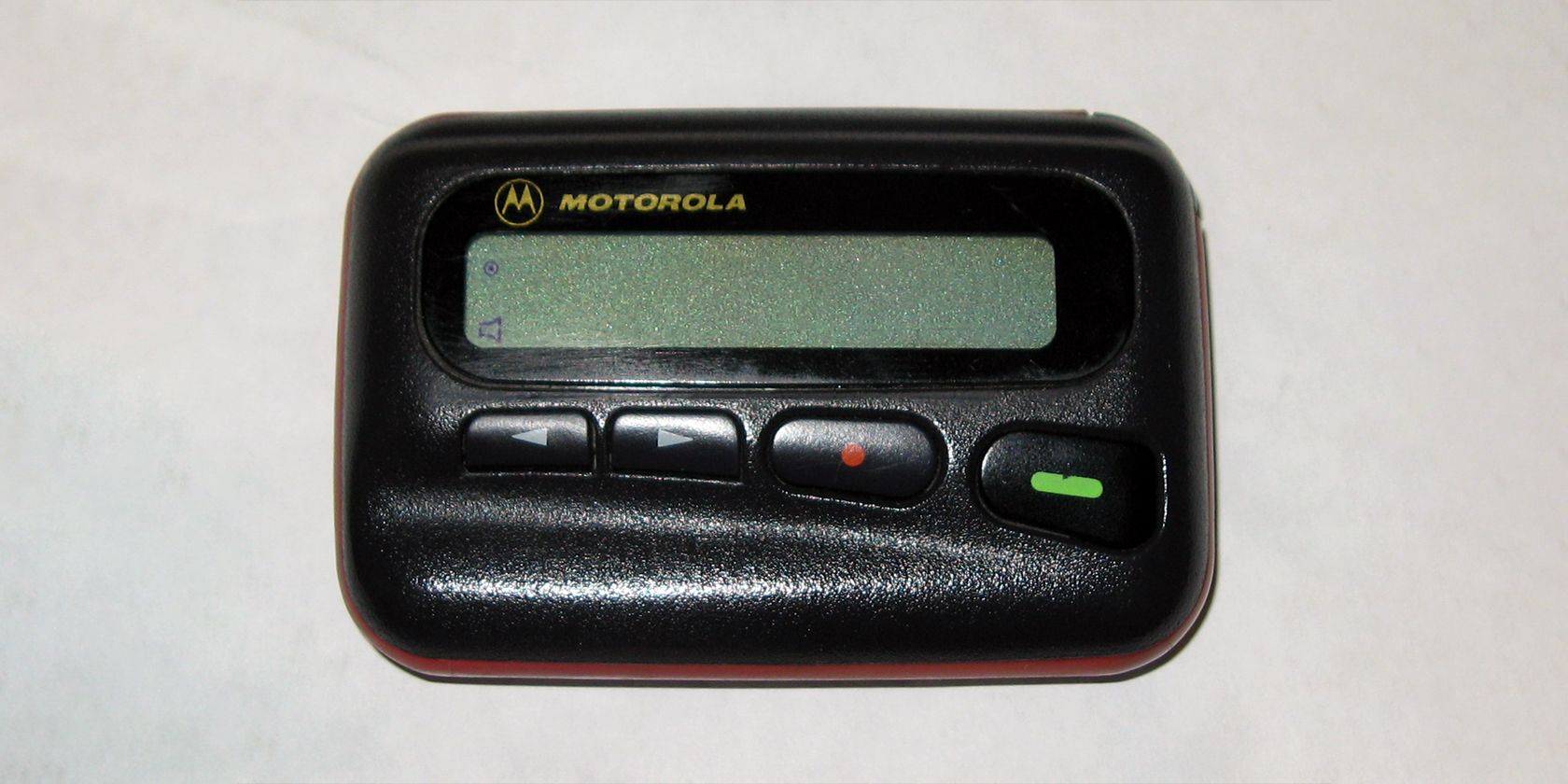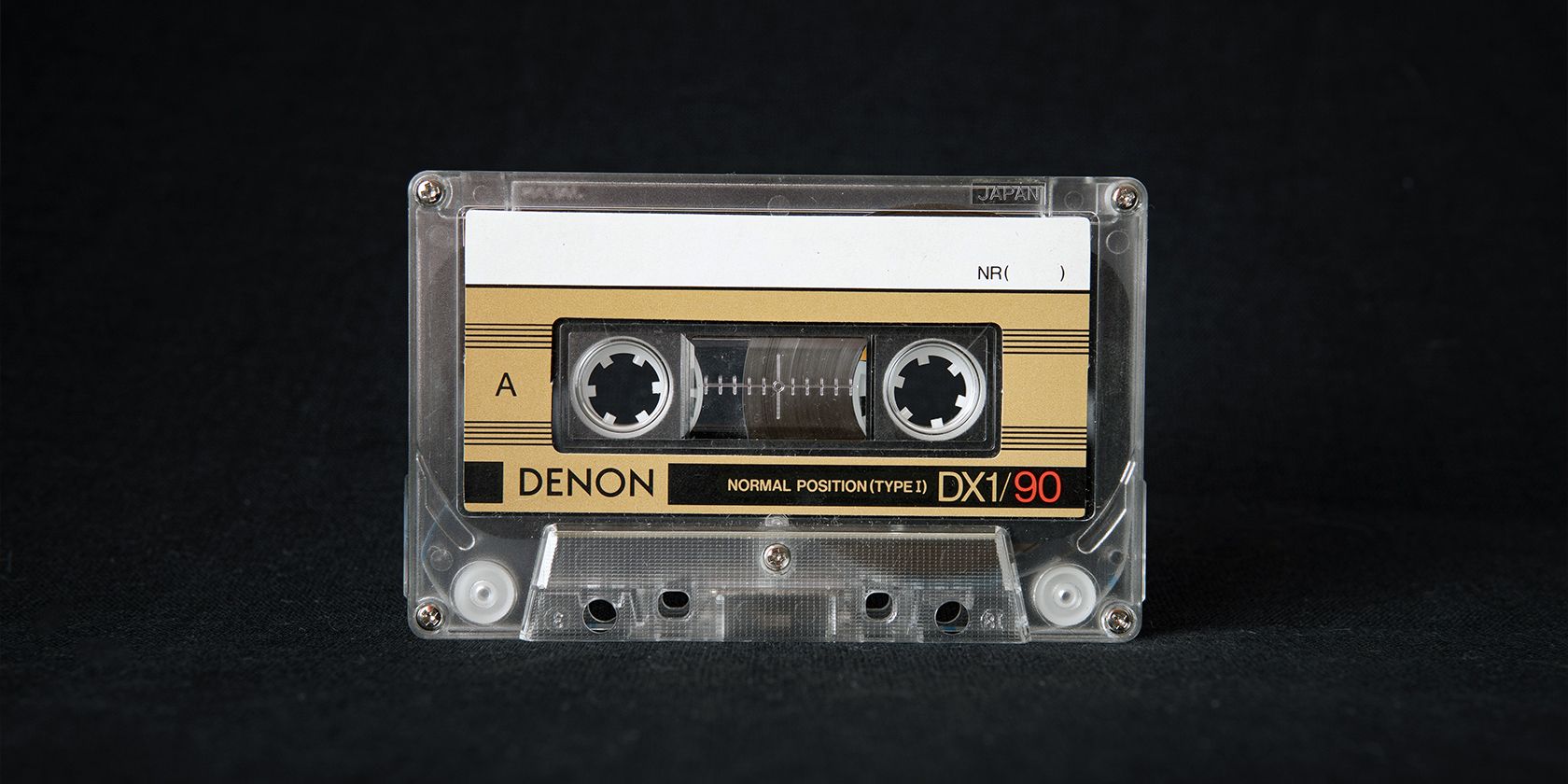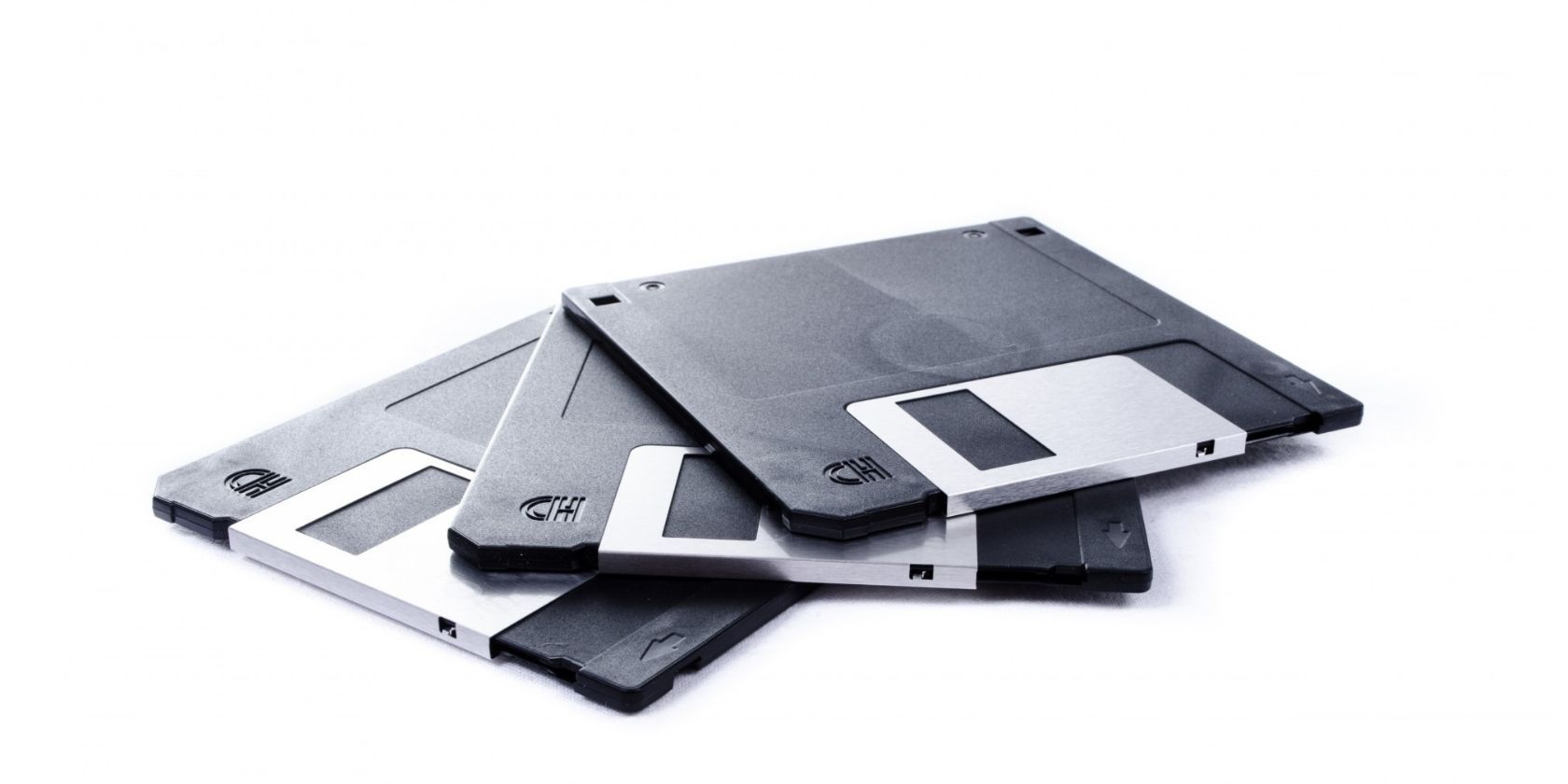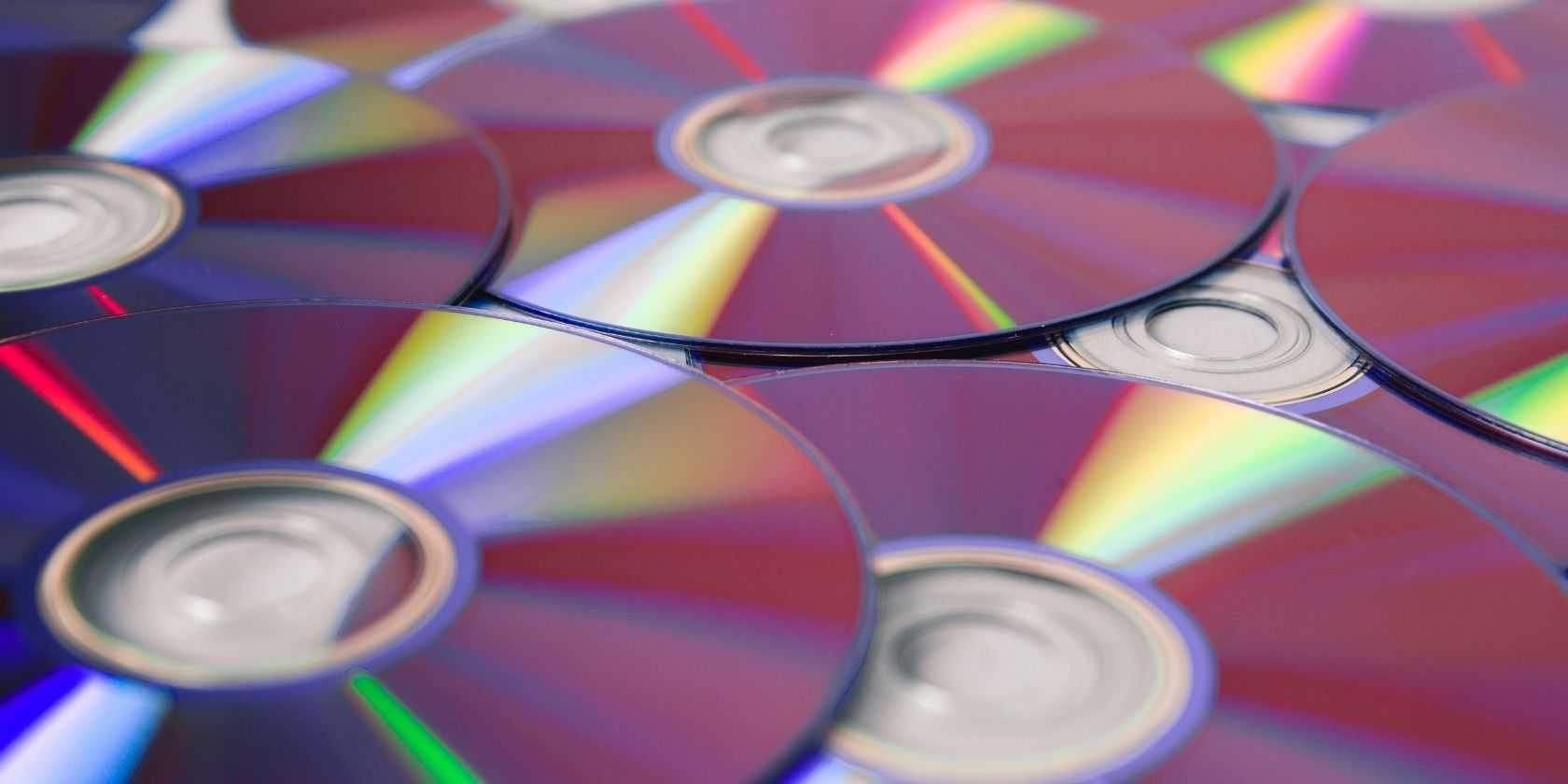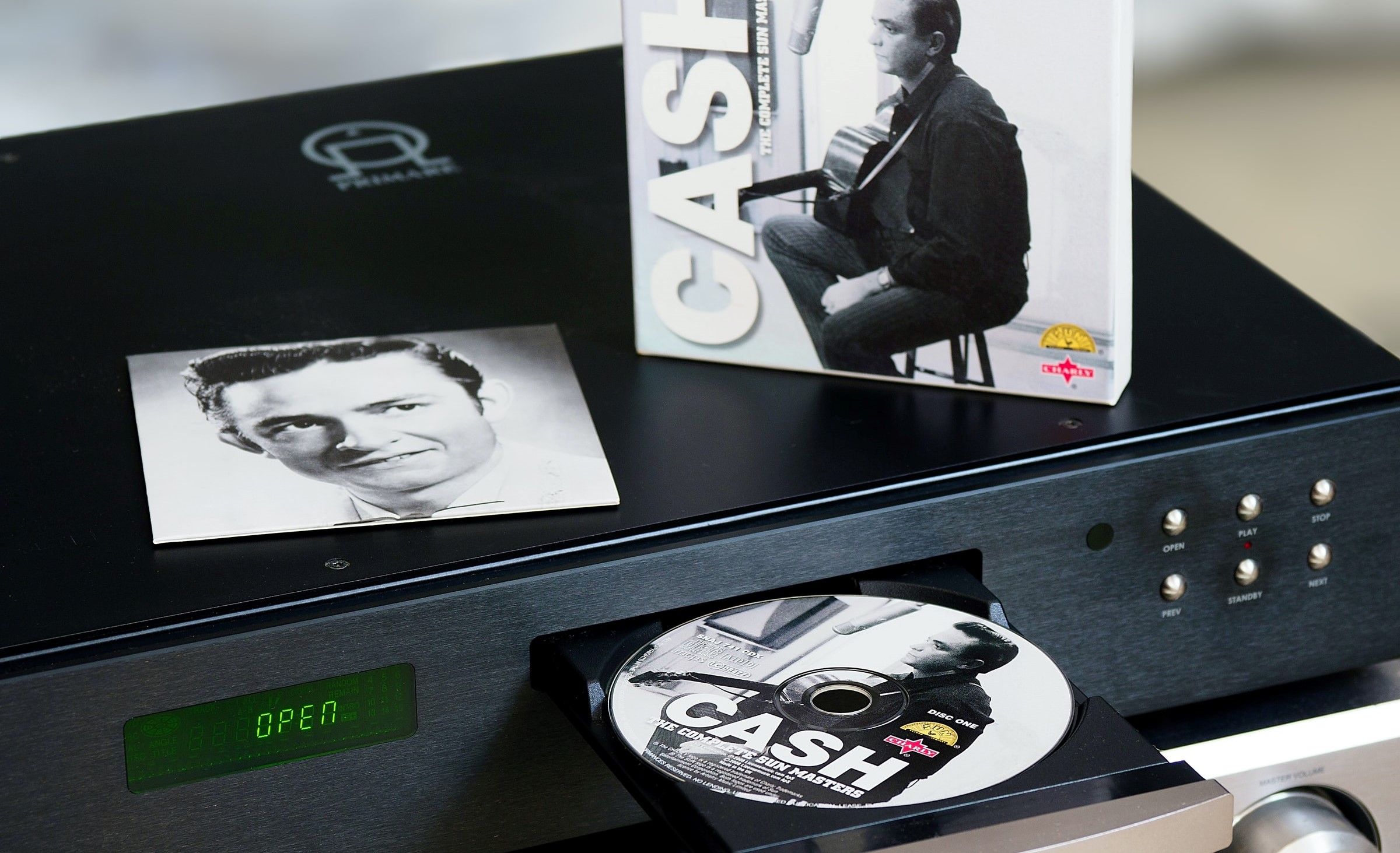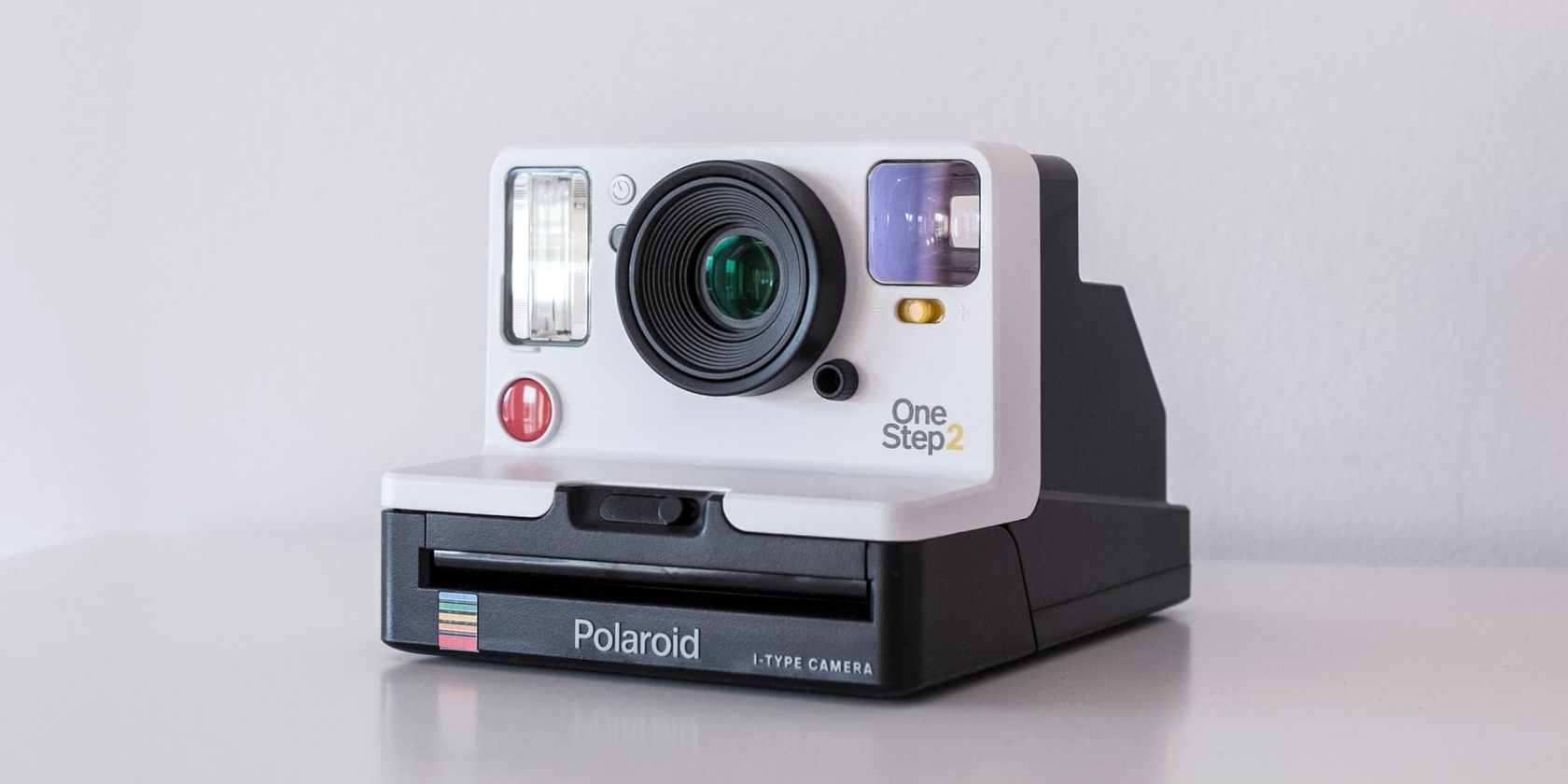Technology evolves so fast that the phone in your pocket is millions of times more powerful than all of NASA's combined computing power in 1969 that helped put two astronauts on the moon.
As we continue to make breakthroughs, more gadgets become relics of the past. So, we'll list 11 gadgets you no longer need. Let's see what replaced them—and why.
1. Typewriters
Typewriters are antique keyboards that directly print on paper. Before typewriters, all official documents and letters were written by hand or printed on a printing press, which was quite expensive. Typewriters were invented as an affordable alternative by Christopher Latham Sholes in 1868.
The first typewriters had mechanical keys attached to lever-like metal surfaces with raised letters and characters. When you press a key, an inked ribbon is sandwiched between the paper and the metal surfaces to print on paper.
It was a revolutionary invention that changed how businesses functioned and how people shared information. By the mid-1800s, they became indispensable in offices. They reigned for almost a century and were eventually replaced by computers. But even today, many people love the tactile feel of typewriters, especially poets and novelists, so they're not completely dead yet.
2. Payphones
Before mobile phones took over, communication via payphones was the norm. Users could call through these public landlines and pay via coins, debit cards, or credit cards. Often payphones were set up inside booths or kiosks to give privacy to the user, which modern phones had to trade for mobility and convenience.
The first pay phone was installed in 1881, and by the 1900s, they were commonly seen in busy streets, train stations, and other public places. But they started to decline as the telecom giants AT&T and Verizon sold off their payphones in the mid-2000s.
3. Photographic Films
We're in the era of instant photography, where taking and sharing a picture doesn't take more than a few seconds. Before this, people used still cameras that used photographic films; the latter was invented in 1885.
Before this, photography was only accessible to the rich, but the invention of films commercialized photography. These light-sensitive photographic films were briefly exposed to light to capture images of objects and then chemically developed to produce visible images.
It was a time-consuming and expensive process, which led to the introduction of digital cameras in the 1990s. And by the end of the 20th century, photographic films and film cameras were obsolete.
4. Answering Machines
An answering machine does the same job as the voice mail system on your phone. The only difference is that an answering machine stores caller messages locally on storage mediums like cassettes, while a voice mail system stores them in a centralized computer server. If you find this useful, here's how to set up voicemail on your Android phone.
The first answering machine was invented in the 1930s but only gained popularity in the 1980s. And by the early 2000s, voicemail had replaced answering machines, allowing users to access recorded messages anywhere.
5. Pagers (Beepers)
Before mobile phones were invented, people just had landlines, and there was no way to send an emergency message to someone. To solve this problem, Alfred J. Gross invented pagers in 1949 to use in hospitals. These were radio communication devices with unique numbers similar to telephones.
So here's how a pager works: anyone who knows your pager number can send a message (a telephone number or a short text) to your pager via telephone. And when you receive the message, your pager displays it on the LCD screen.
While one-way pagers could simply receive messages, two-way pagers and response pagers could also send them. As mobile phones became popular, pagers started to phase out. However, they are still used for emergency services (although rarely) like healthcare and fire safety. But if you're in an emergency, here's how to use your iPhone's SOS feature.
6. Cassette Tape
Although people, especially audiophiles, love vinyl records, they are chunky and delicate to carry around. To solve this issue, Phillips invented compact cassette tapes in 1962. They were initially used for audio recording and playback. But later on, as the VHS standard came about, cassettes also started supporting videos.
Cassettes were a hit in the music industry and changed how people listened to music. With cassettes, people could take their music wherever they wanted. They stayed relevant throughout the 70s and 80s, but in 1991 CDs started replacing cassettes.
7. Floppy Disks
Today we use cloud or external storage platforms to transfer files between two computers, but floppy disks performed that role back in the day. With IBM's invention of floppy disks in 1971, sharing programs and loading operating systems became easier.
Since the 1980s, they became the go-to storage solutions replacing punch cards—a piece of paper with punched holes representing data. But by the 1990s, CDs replaced floppies because of storage limitations.
To put this in perspective, the storage capacity of floppy disks is 1.44 MB, and that of a standard CD is 700 MB. You can create a bunch of useful things with your old floppy disks if you still have some stored in a drawer.
8. Portable Music Players
We now have the convenience of streaming high-res music on iPhones and Android smartphones without downloading tracks. But before the 1970s, people didn't have that option—they could only listen to music at home or in their cars. However, the invention of portable music players changed that.
The first-ever truly portable music player, Walkman, was released by Sony in 1979. Replacing Boombox, the Walkman completely changed how people listened to music. Aside from being portable, it also made listening a more personal experience as the device included a headphone jack. This meant you could listen to your music in private through your headphones.
The Walkman used cassette tapes to play music, but soon after, companies introduced portable CD players and MP3 players as well. Among them, Apple's iPod was the one that stood out as it had a sleek design, more storage, and clever marketing. But as smartphones became mainstream, portable music players were slowly left behind.
9. CDs
CDs (Compact Discs) were one of the most popular storage mediums of their time. A successor to cassette tapes, CDs were developed by Philips and Sony in 1982 for Hi-Fi digital audio reproduction. Older CDs could store just 10MB of data, but they later maxed out at a capacity of 700MB.
CDs gained quick popularity in the music industry since they had more storage capacity than the alternatives—making them ideal for storing high-fidelity music. However, since music streaming platforms started taking over near the late 2000s, CDs became increasingly less desirable.
10. DVD Players
Today, if you want to watch a movie, you just download or stream it online, but that wasn't the case in the 90s. People rented DVDs of movies and watched them on their TVs. A DVD player is a device that reads these DVDs and plays the videos on a TV, connected via cables.
Succeeding VHS players, the first-ever DVD player was invented in 1996 by Toshiba. Since then, they have become a significant part of home entertainment. Due to the low cost of DVD rentals and the affordable price of DVD players, they were quickly adopted. However, by the end of the 2000s, they were replaced by movie streaming services.
11. Instant Cameras (Polaroids)
Smartphones made us so accustomed to capturing, viewing, and storing our photos digitally that it's difficult to imagine when people used to print pictures and keep physical albums. Until 1947, you had to wait for several days (sometimes weeks) for your photos to develop after having them taken at a studio.
In fact, it was American scientist Edwin H. Land's daughter Jennifer who inspired the idea of the first instant camera when she asked her father, "Why can't I see them now?" after having their pictures taken.
Land started the Polaroid Corporation in 1937, envisioning a camera that could print a photo mere seconds after taking the shot using specialized "instant films". A decade later, the first instant camera was brought to market and was so successful that the name "Polaroid" became synonymous with the instant camera.
Buying a Polaroid or Fujifilm Instax is more of a stylistic preference than a need. But if you really want one, here are some things to consider before purchasing an instant camera.
Tech Grows Exponentially
From barely being able to send messages via telegraph to interacting virtually, we have come a long way in the past two centuries.
With every new generation of tech, society changed accordingly, and tech gadgets became obsolete quickly. And the way things are going, this trend will only continue to accelerate in the future.

